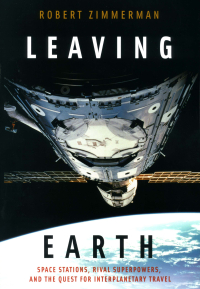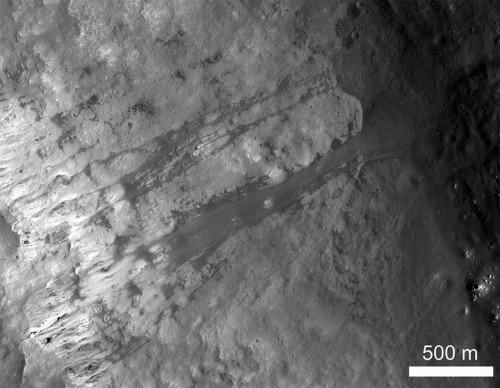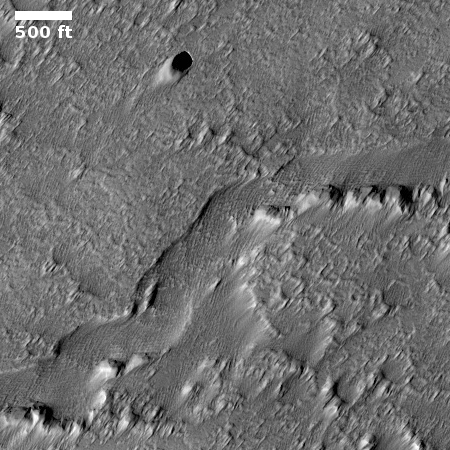Astronomers watch star’s destruction as supermassive black hole eats it
Astronomers, using a number of ground-based and orbiting telescopes, successfully observed a star’s destruction as it was ripped apart and eaten by a supermassive black hole at the center of a galaxy 215 million light years away.
The team carried out observations of AT2019qiz, located in a spiral galaxy in the constellation of Eridanus, over a 6-month period as the flare grew in luminosity and then faded away. “Several sky surveys discovered emission from the new tidal disruption event very quickly after the star was ripped apart,” says Wevers. “We immediately pointed a suite of ground-based and space telescopes in that direction to see how the light was produced.”
Multiple observations of the event were taken over the following months with facilities that included X-shooter and EFOSC2, powerful instruments on ESO’s VLT and ESO’s NTT, which are situated in Chile. The prompt and extensive observations in ultraviolet, optical, X-ray and radio light revealed, for the first time, a direct connection between the material flowing out from the star and the bright flare emitted as it is devoured by the black hole. “The observations showed that the star had roughly the same mass as our own Sun, and that it lost about half of that to the monster black hole, which is over a million times more massive,” says Nicholl, who is also a visiting researcher at the University of Edinburgh.
Astronomers have seen similar events previously, but never so close and never so early in the event.
Astronomers, using a number of ground-based and orbiting telescopes, successfully observed a star’s destruction as it was ripped apart and eaten by a supermassive black hole at the center of a galaxy 215 million light years away.
The team carried out observations of AT2019qiz, located in a spiral galaxy in the constellation of Eridanus, over a 6-month period as the flare grew in luminosity and then faded away. “Several sky surveys discovered emission from the new tidal disruption event very quickly after the star was ripped apart,” says Wevers. “We immediately pointed a suite of ground-based and space telescopes in that direction to see how the light was produced.”
Multiple observations of the event were taken over the following months with facilities that included X-shooter and EFOSC2, powerful instruments on ESO’s VLT and ESO’s NTT, which are situated in Chile. The prompt and extensive observations in ultraviolet, optical, X-ray and radio light revealed, for the first time, a direct connection between the material flowing out from the star and the bright flare emitted as it is devoured by the black hole. “The observations showed that the star had roughly the same mass as our own Sun, and that it lost about half of that to the monster black hole, which is over a million times more massive,” says Nicholl, who is also a visiting researcher at the University of Edinburgh.
Astronomers have seen similar events previously, but never so close and never so early in the event.







